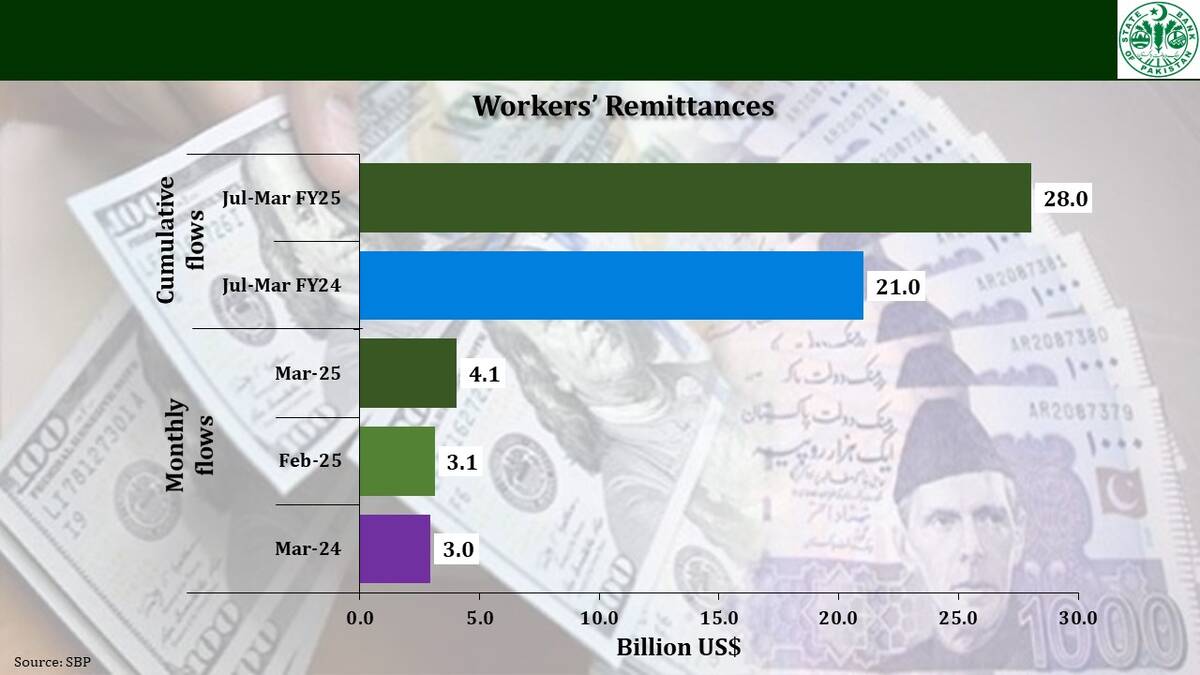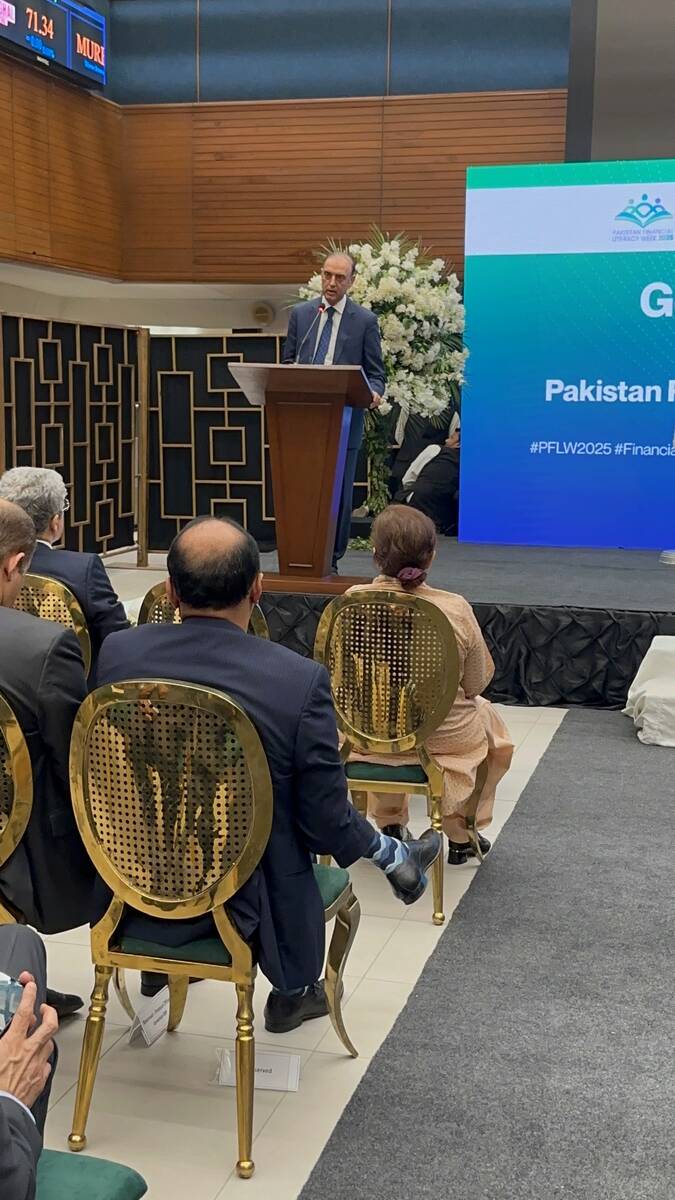LAHORE: On any given day, the dynamics of Ittanwali, a village located almost midway between Lahore and Faisalabad, would resemble those of any other rural area in Pakistan — of a population that prefers to lead a peaceful, laid back and simple lifestyle.
However, ever since the country’s top court ruled in favor of one of its former residents — a 51-year-old Christian woman named Aasia Bibi who was convicted for blasphemy in 2010 — acquitting her of all charges, the same peaceful and laid back village has taken on the avatar of a crouching tiger, objecting to the verdict in the form of daily protests.
Bibi was accused of blashphemy in 2009, when two of the women farmers she was working with complained to the village prayer leader that she had made derogatory comments about Prophet Muhammad (PBUH), following an altercation.
Her family, however, denied the allegations, adding that the case was a result of an internal feud between the women. A session’s judge court found Bibi guilty of the crime and sentenced her to death a year after. The High Court upheld the verdict, making Bibi the first Pakistani woman to be charged for blasphemy. However, on Wednesday, the Supreme Court — citing a lack of evidence -- overturned the verdict, acquitting her of all charges and asking for her immediate release.
The apex court ruling set off violent protests by hardliners, specifically activists belonging to the Tehreek-e-Labbaik Pakistan party who have been protesting since Wednesday to pressurize the top court to overrule its decision.
The protests soon reached Ittanwali with several men and women taking to the roads to protest. “The news of Asia Bibi acquittal by the supreme court spread like a jungle fire and men, women, young boys and girls came out of the houses. The police was unable to control the mob and they set on fire a police vehicle and smashed another one,” Rana Sajjad, a resident of the village told Arab News.
Despite using tear gas shells, the baton-wielding police failed to control the mob, with the women attacking the officials, too. As the violence ensued and the protestors attacked police personal and their vehicles, the police eventually was forced to retreat. Later, Rangers were called in to control the situation but failed to do so, despite making arrests.
“The police have not arrested any woman. Several people however have been arrested so far who belongs to different villages of the area. At the moment I cannot tell the exact number or names because I am in the field,” Muhammad Ali, SHO Police Station Sadar Nankana Sahib told Arab News.
“It is a matter of our prophet’s honor. It is a fight for the religion not for property or business or personal vendetta,” Abus Shakoor, a resident of the village, said.
There are 400 families in Ittanwali, mostly from the Rajpoot clan, out of which three belong to the Christian faith. Bibi’s family was one among them. Today, all three families have left the village for security reasons — Bibi’s family has moved to Lahore while two others have relocated to ‘Gloria Nagar’ in Faisalabad. “The three Christian families living in Ittanawali were shifted to safer places by the church after the incident and now they are safe,” Pastor Obed Robert told Arab News.
For Bibi, however, Ittanwali will now remain a distant dream — a village which she once called home and which may never take her back.





















